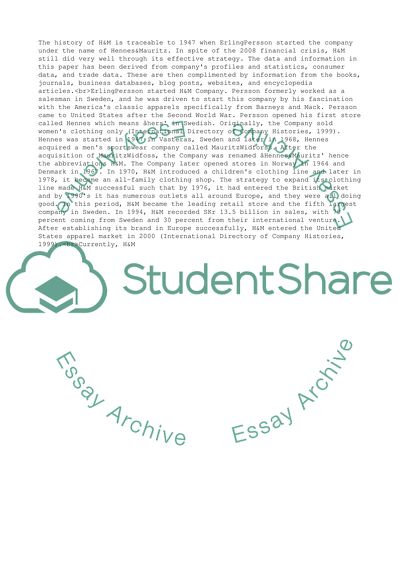Cite this document
(H&M company strategy project Research Paper Example | Topics and Well Written Essays - 3000 words, n.d.)
H&M company strategy project Research Paper Example | Topics and Well Written Essays - 3000 words. https://studentshare.org/management/1863960-hm-company-strategy-project
H&M company strategy project Research Paper Example | Topics and Well Written Essays - 3000 words. https://studentshare.org/management/1863960-hm-company-strategy-project
(H&M Company Strategy Project Research Paper Example | Topics and Well Written Essays - 3000 Words)
H&M Company Strategy Project Research Paper Example | Topics and Well Written Essays - 3000 Words. https://studentshare.org/management/1863960-hm-company-strategy-project.
H&M Company Strategy Project Research Paper Example | Topics and Well Written Essays - 3000 Words. https://studentshare.org/management/1863960-hm-company-strategy-project.
“H&M Company Strategy Project Research Paper Example | Topics and Well Written Essays - 3000 Words”. https://studentshare.org/management/1863960-hm-company-strategy-project.


